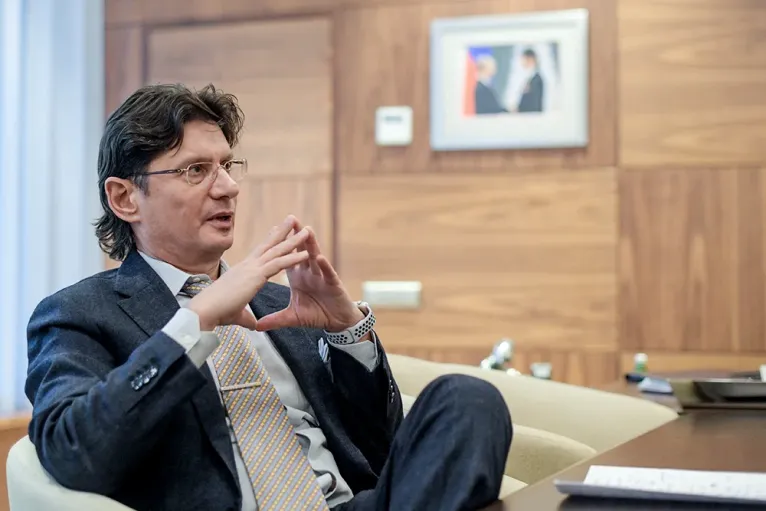In total, Lukoil will allocate 44% of its 2017 IFRS profit, which amounted to 419 billion rubles, to dividends. Vagit Alekperov and Leonid Fedun will account for $1077 million
Lukoil’s shareholder meeting on June 21 approved a dividend payment for 2017 of 130 rubles per share. Taking into account interim payments for nine months (85 rubles), the total dividend payments for the year will amount to 215 rubles per share, which is 10% more than in 2016. A total of 182.9 billion rubles will be used to pay dividends for 2017 – almost 44% of Lukoil’s IFRS net profit, which more than doubled over the year to 419 billion rubles.
According to Forbes calculations, Lukoil’s major shareholders Vagit Alekperov #10 and Leonid Fedun #23 will receive $783.3 million and $294.8 million respectively (including interim payments at the December 22, 2017 rate and before taxes). Alekperov owns 24.8% in Lukoil, Fedun’s stake is 9.9%. Large stakes in the company are owned by structures of IFD Kapital (about 8%) and Lukoil’s subsidiary Lukoil Investment Cyprus (over 16%).
In 2018, Alekperov and Fedun plan to increase their stakes in the capital of Lukoil to 30% and 10% respectively through the redemption of treasury shares. In addition, the oil company plans to allocate $2-3 billion for the repurchase of shares within five years.
This year Lukoil, according to Alekperov, who is president of the company, is celebrating a kind of anniversary: “20 years of continuous growth of dividends”. “Our dividend policy guarantees shareholders a continuous growth of dividends by at least the ruble inflation rate,” the billionaire said at the shareholder meeting.
“Lukoil plans to increase not only dividend payments, but also oil production. In 2017, the company produced 87.4 million tons of oil, and this year Alekperov plans to increase it by 2%, he told Interfax. The plans for the next ten years are even more ambitious – to keep production at the level of 100 million tons. Andrei Polishchuk, an analyst at Raiffeisenbank, believes that the plan is optimistic. “I do not see any point in increasing production in Western Siberia (Lukoil’s main resource region, which accounts for about 45% of production. – Forbes), where it is falling,” says Polishchuk and suggests that Lukoil will be able to maintain production at last year’s level, perhaps be able to produce a little more than 90 million tons – due to the Timan-Pechora fields.
Alexander Kornilov, a senior analyst of Aton in the oil and gas sector, reckons that Lukoil has resources to increase its production. The company has a number of projects in development – in the Caspian, Baltic, and Timan-Pechora. Now production in Western Siberia is declining by about 8%, but Lukoil plans to reduce the rate of decline to 2-3% in mature fields. “This requires new production technologies,” Kornilov summarizes. – The Pyakyakhinskoye and Imilorskoye fields (located in Yamal. – Forbes) allow to partially smooth out the decline rates at mature fields in Western Siberia”.
Alekperov himself noted in an interview with Interfax that the company is forced to follow the OPEC+ agreement to limit oil production. However, the billionaire believes that it is time to go beyond the agreement. “Today the price is already too high, so it is necessary to increase production volumes,” Alekperov believes. – The sharp decline in oil production, which is observed in some countries, is also pushing towards this… I think that with the price of $75 per barrel, production should be increased by 50% of the level of restrictions imposed”. According to the president of Lukoil, the company will need only two or three months to increase production.
